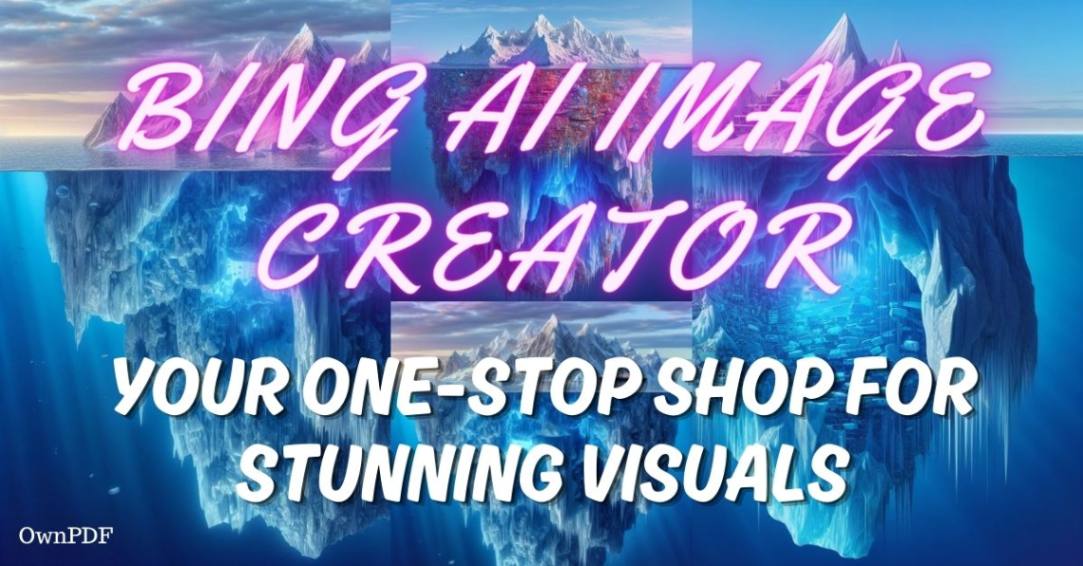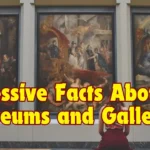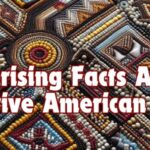What is Bing AI Image Creator?
In February 2022, Microsoft launched a new AI-powered image generator as part of the Bing search engine. Officially called Bing AI Image Creator, this tool allows anyone to create unique images simply by describing what they want to see. It works by leveraging a deep learning AI system developed by Microsoft called DALL-E 2.
DALL-E 2 is a cutting-edge generative AI system that has been trained on billions of image-text pairs from the internet. This allows it to generate completely new images and art that don’t exist yet based on text descriptions provided by the user. The capabilities of systems like DALL-E 2 are astonishing and point to a future where AI can simulate creativity and imagination.
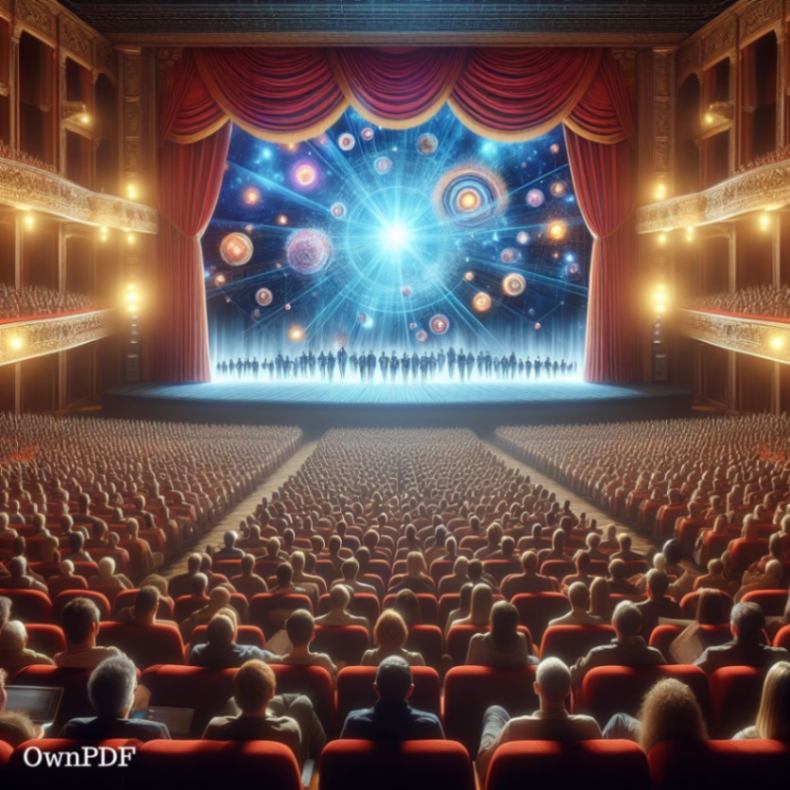
To use Bing AI Image Creator, you simply go to Bing.com and look for the new “Image Creator” link in the sidebar. Once you click into the tool, you’ll see a chatbox where you can type a description of the image you want to generate.
For example, you could type “an astronaut riding a horse on Mars.” After customizing the number and size of images you want, click “Create” and Bing’s AI will get to work generating a batch of images based on your prompt.
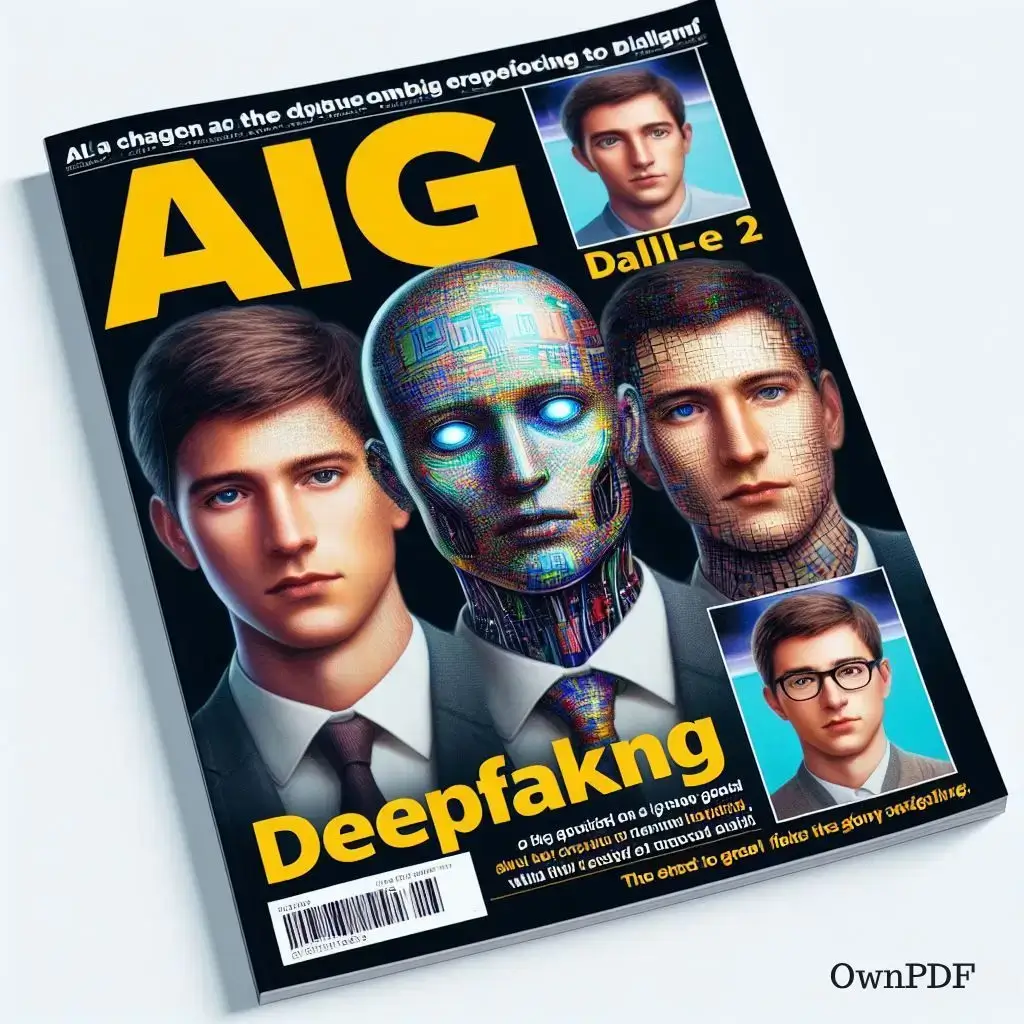
How Does Bing AI Image Creator Work?
Bing can generate completely new images thanks to the underlying deep learning model called DALL-E 2 developed by Microsoft Research. DALL-E stands for Dynamic Adversarial Lifelong Learning Encoder.
The key to how it works is the massive training dataset that Microsoft created for DALL-E 2. The model was trained on over 10 billion image-text pairs scraped from the internet and books.
This allowed DALL-E 2 to establish strong visual-semantic relationships; by analyzing these billions of examples, the AI learned the connection between textual concepts and visual representations.
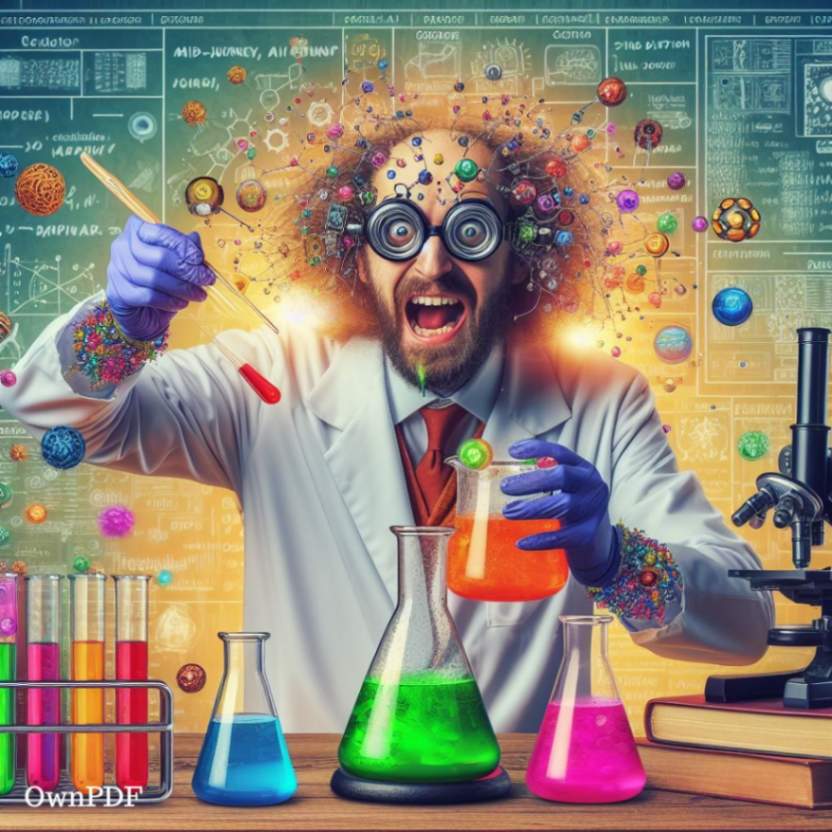
Some key capabilities this unlocks:
- Generating realistic images from scratch based on descriptions
- Combining disparate concepts in novel ways
- Creating variations and enhancements of existing images
- Producing creative visual mashups
When you type a text prompt into Bing’s Image Creator, DALL-E interprets the natural language, understands the core semantic concepts, and renders an image that matches the description. It does not copy or sample from existing images – the AI generates pixels from scratch!
While the results can be shockingly good, DALL-E 2 does still make mistakes and inaccuracies since it’s an AI system. It struggles with fine details and complex backgrounds. However, its ability to capture broader shapes, colors, and concepts is quite advanced. Let’s move on to specific tips for using it effectively.
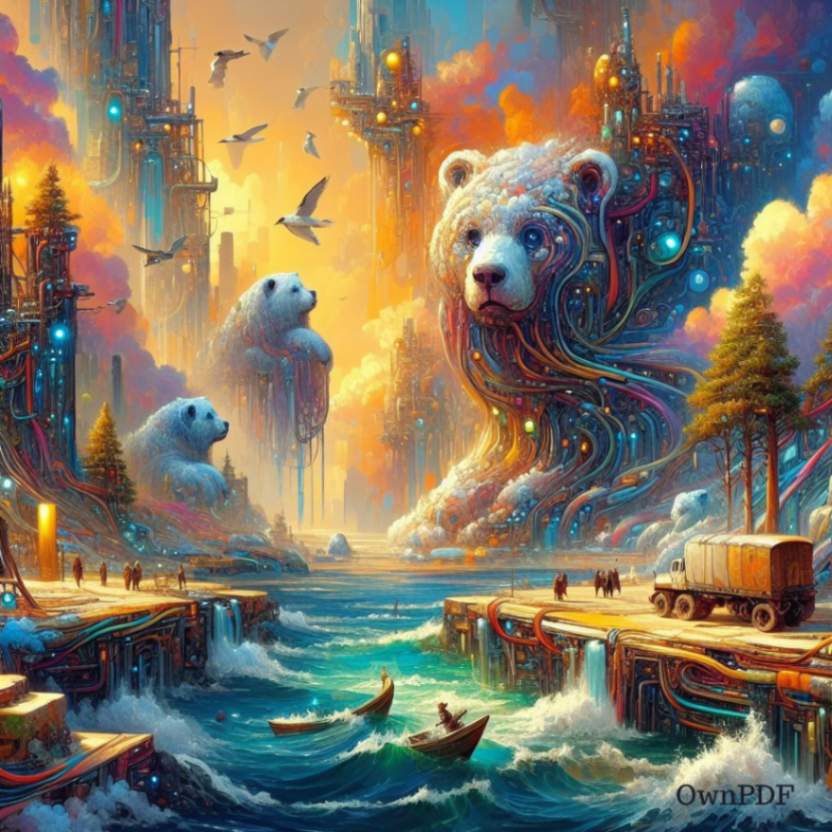
Step-by-Step Guide to Using Bing AI Image Creator
While DALL-E 2 is capable of impressive image generation, it still requires some guidance and coaxing to produce the best results. Here are some tips:
- Provide detailed, descriptive prompts – The AI will interpret your text prompt literally. Be specific about the subject, style, colors, etc. you want to see.
- Experiment with different phrasing – Slight wording tweaks can make a big difference. Try multiple ways of describing the same idea.
- Make prompts longer rather than shorter – More context helps DALL-E generate more accurate images. Aim for several sentences.
- Use descriptive adjectives and distinctive concepts – Give the AI unique, vivid descriptors to work with like “a red rosebush under the Eiffel Tower.”
- Avoid ambiguous terms that could be interpreted multiple ways – Be direct and concrete with details.
- Try using different commands – You can control the number of images, image size, aesthetic style, and more.
- Edit the prompt until you get the desired result – The AI learns through experimentation and feedback.
With the right prompt crafting and a bit of fine-tuning, you can produce beautiful, unique images with Bing’s AI Image Creator. Let’s explore some of the creative ways it can be used next.
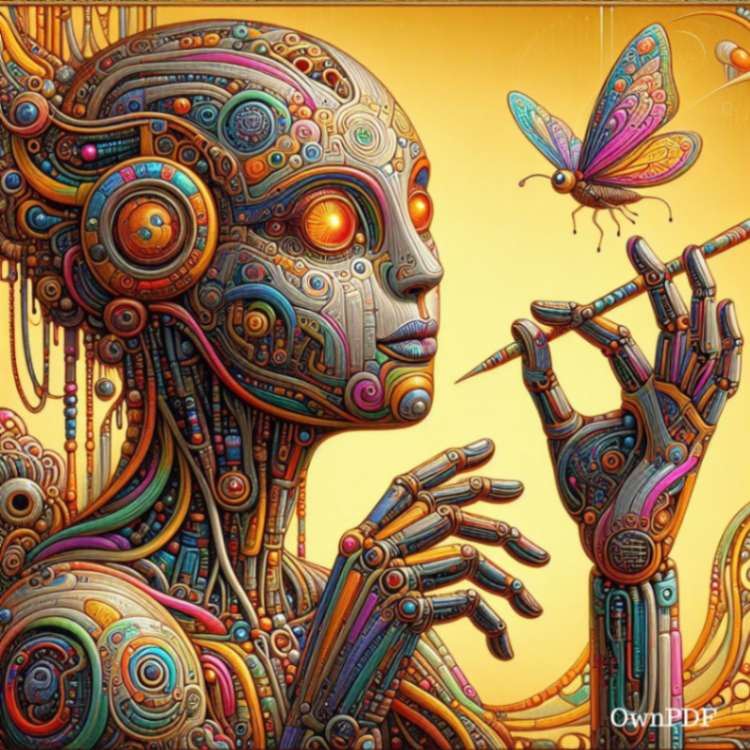
Creative Uses for Bing AI Image Creator
Once you get the hang of prompting the AI, the possibilities are endless for putting Bing’s image generator to use. Here are some creative ways to apply it:
- Design inspiration – Stuck on a visual design concept? Describe your ideal layout, color palette, etc., and generate fresh ideas.
- Marketing & social media – Create custom branded visuals and images optimized for platforms like Instagram that resonate with your audience.
- Presentations – Enhance your next slide deck by creating custom diagrams, concept illustrations, and engaging visual metaphors.
- Blog graphics and images – Illustrate your next blog post with AI-generated images tailored to the post topic.
- Video storyboarding – Plan out scenes and create concept art to visualize your video ideas before filming.
- Concept illustration – Bring an idea or process to life by having the AI generate metaphorical representations.
- Art projects – Spark your creativity by using text prompts as the starting point for digital art and collage projects.
- Book covers – Design custom book covers that capture the essence of your book by describing the key concepts, themes, and desired mood.
The applications are vast once you get creative. Just be sure to follow any guidelines from Microsoft around usage rights. Next, let’s look at some limitations to be aware of.
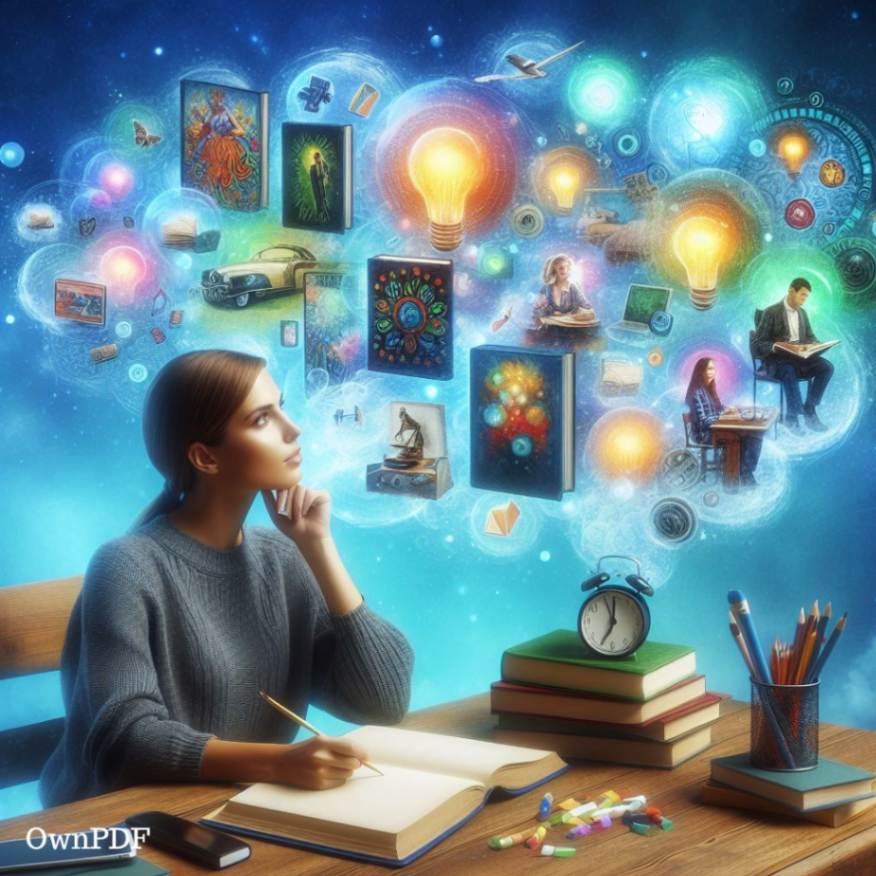
Limitations of Bing AI Image Creator
While the image generation capabilities of DALL-E 2 are impressive, the technology does have some limitations to keep in mind:
- AI bias – Like any AI system, the training data likely contains biases that could be reflected in generated images. More diverse training data is needed.
- Bizarre mashups – When combining disparate concepts, the results can sometimes be visually disjointed or nonsensical.
- Limited complex image generation – It struggles with generating highly complex scenes like cityscapes or natural environments.
- Copyright concerns – Unclear legal status of using AI-generated images commercially. Be cautious.
- Not photorealistic – While results look mostly realistic, you can spot oddities on closer inspection.
- No control over final output – The AI interprets prompts unpredictably. You cannot directly edit the images.
- Computationally expensive – Running the model requires significant computing resources unavailable to most users.
While DALL-E 2 is limited in some ways currently, the rapid pace of AI research in this field means capabilities will likely continue growing exponentially. But for now, be aware of the technology’s current limitations as you work with Bing’s Image Creator.
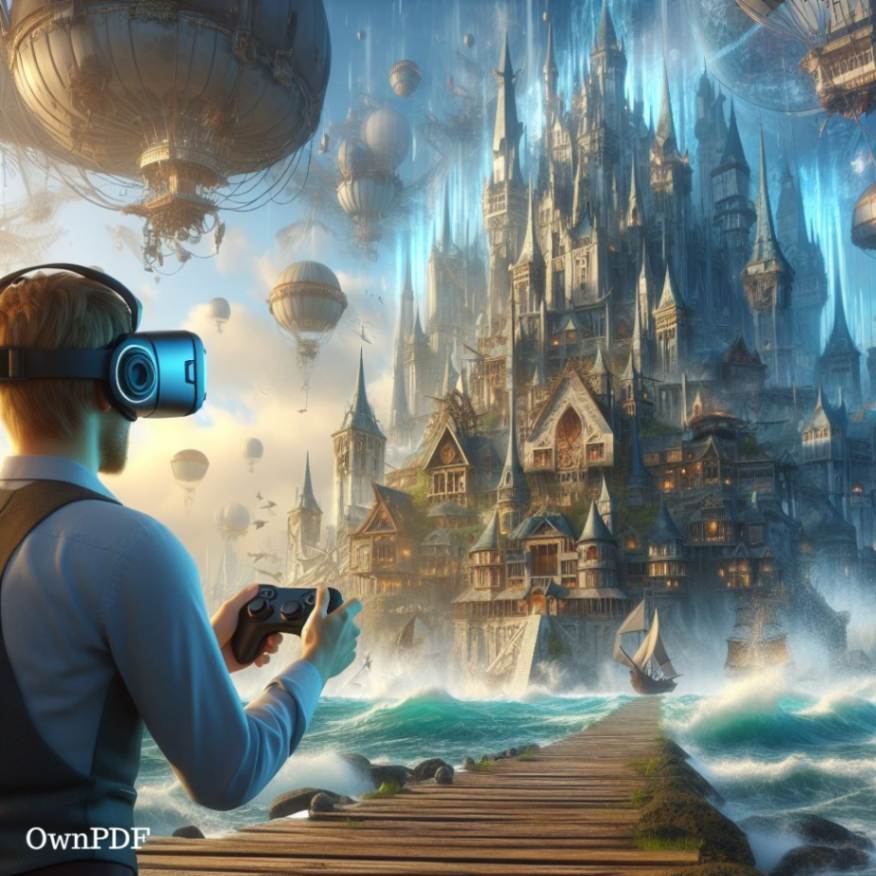
How Accurate are Bing’s AI-Generated Images?
Given this technology is still somewhat early stage, the images produced by Bing can sometimes contain inaccuracies or visual artifacts not found in real photographs.
When reviewing your generated images, look for:
- Incorrect details – Subtle details like the number of limbs on an animal may be wrong.
- Disjointed elements – Different parts of the image may not connect seamlessly.
- Unnatural lighting & shadows – The light source may not be realistic.
- Blurriness – Some objects or regions might lack sharp focus.
- Repeated patterns – Blocks of repetitive patterns can appear.
- Aliasing – Jagged edges along curved or diagonal lines.
The AI is generally better at capturing the broader shapes, colors, and overall composition rather than getting every fine detail perfect. But it’s always improving with more training.

Does Bing AI Steal or Copy Other Artists’ Work?
Since DALL-E 2 generates images from scratch using AI, it does not directly copy from other existing artworks or photographs. However, some argue it can end up with similar styles, motifs, and compositional tendencies based on what it learns during training.
Key points around originality:
- It does not sample or collage pre-existing images.
- The training process leads to certain learned styles and correlations.
- There is no human artist behind the work to give intent and meaning.
- AI art interpretation and debate around the level of originality.
There is still open
So while it does not directly copy others’ art, the line between inspiration and imitation is a bit blurred in AI art generation. More legal analysis will be required on issues of copyright and originality.
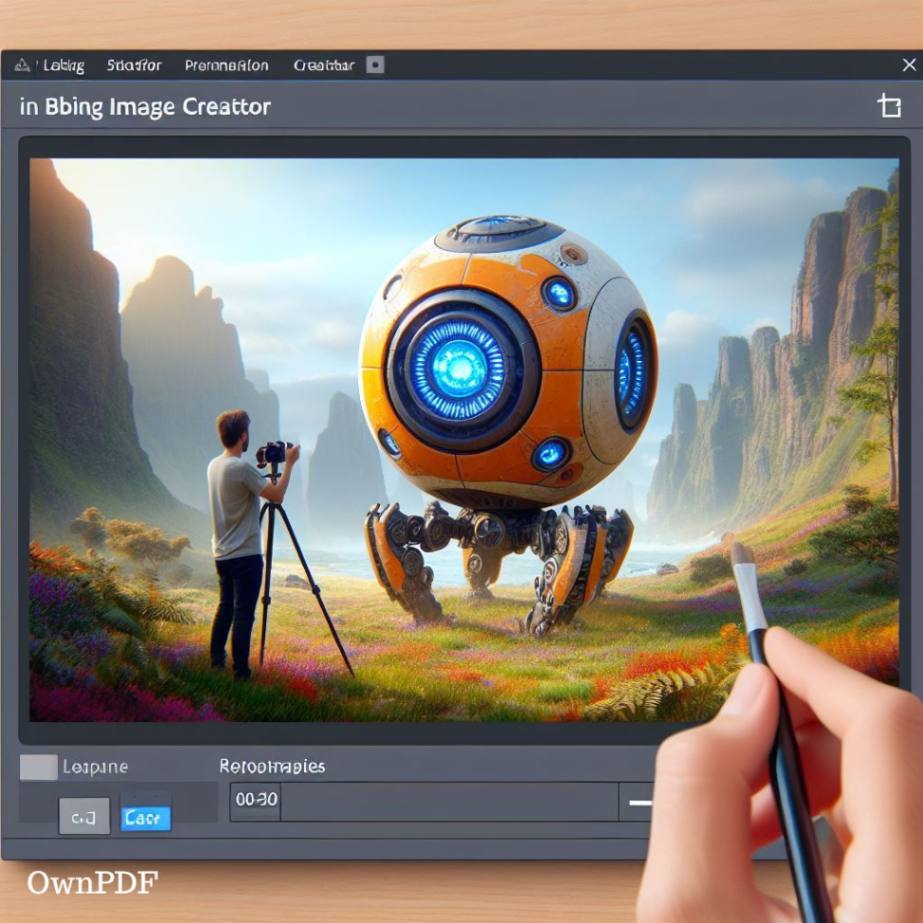
Can You Use AI Images Commercially or Personally?
This is a tricky area lacking clear legal precedent. The Terms of Service from Microsoft indicate that commercial use of the images may be limited, but personal, noncommercial use is more flexible.
Some key considerations on usage:
- Review terms carefully and consult a lawyer before commercial use.
- Safer to use AI-generated images for personal creative projects for now.
- AI art occupies untested legal territory over ownership rights.
- Powerful technology will require new laws and regulations.
- Microsoft may implement tools to identify AI images if issues emerge.
In summary, exercise caution and judgment when it comes to usage rights of AI images for now until the laws catch up with the technology.
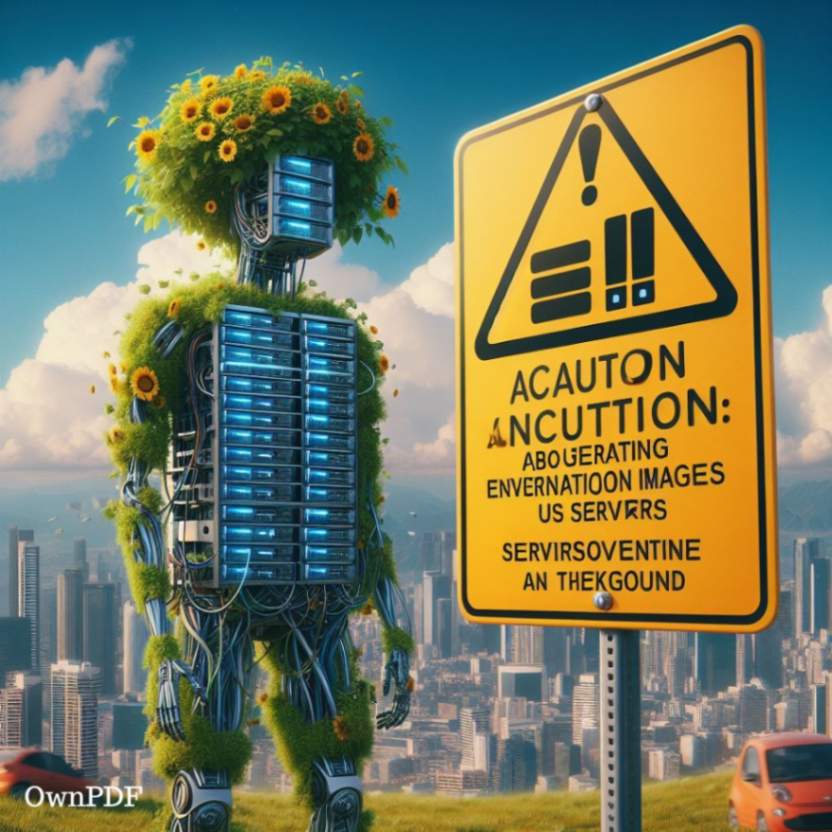
Watch the Video on How To Access & Use Bing AI Image Creator – Free AI Image Generator
Conclusion
Bing AI Image Creator provides an exciting new way for everyday users to experience the power of generative AI. By simply typing a text description, you can command the AI to conjure up amazingly realistic images on demand. Just be aware of its current limitations, and exercise care in how you ultimately use these AI creations as the technology continues advancing rapidly. One thing is certain – AI will have a massive impact on the future of art and creativity.
FAQs about Bing AI Image Creator
- What is Bing AI Image Creator?
Bing AI Image Creator is a new AI-powered image generation tool launched by Microsoft in 2022. It allows users to create unique images by providing text prompts which are processed by an advanced AI system called DALL-E 2.
- How do I access Bing AI Image Creator?
To use Bing AI Image Creator, go to Bing.com and look for the “Image Creator” link in the left sidebar. You’ll need to be logged into your Microsoft account.
- What kind of prompts can I give the AI?
You can describe almost anything in natural language text – objects, scenes, concepts, styles, etc. Be creative and detailed with your descriptive prompts to get better results.
- Can I edit the images after generation?
No, Bing’s AI Image Creator does not currently allow you to manually edit the generated images. You have to provide a new text prompt and generate new images if you want alterations.
- What image formats and sizes are available?
Bing AI Image Creator generates images in JPG format large size (1024×1024) resolution.
Disclaimer:
This article provides general information about the capabilities and limitations of Bing AI Image Creator. It does not constitute legal or professional advice. This article is for knowledge and informational purposes only.
Image Credit: All images in this blog post are created by Bing AI Image Creator.
